As we look toward the next decade and ask ourselves “What is the future of education?”, we can only know one thing for sure… nothing is certain. However, it is clear that technology will continue to play a significant role in shaping the ways we learn and teach. One area that appears destined to see significant growth and evolution is that of virtual learning and online education.
In recent years, there has been a notable increase in the number of educational institutions offering online courses, and this trend is expected to continue. With the widespread availability of high-speed internet and affordable computing devices, students now have greater access to educational content from any location… but this is just the start. So what does this mean for the future, and what core pillars of technology will play a role?
Virtual Campuses
Let’s start with virtual campuses — online learning environments that allow students and teachers to communicate and interact in a 3D space, in real-time, in a similar way to how they would in a physical environment. This is our core focus at Axon Park, to enable remote learning in collaborative, social, 3D worlds where students and educators can feel a shared sense of presence, no matter where they are in the physical world.
One of the major advantages of virtual campuses is their flexibility. Students have the freedom to learn from anywhere, while institutions can significantly reduce their overhead. 3D virtual learning environments also offer significant engagement and interactivity benefits, which can arguably go above and beyond the physical world. For example, you could take a virtual field trip to the center of the earth, or to a subatomic scale. Try doing that in Kansas, Dorthy!
Virtual classrooms are not just a convenient alternative to in-person learning; they have the potential to revolutionize the way we teach and learn.

Axon Park Virtual Campus Concept
Virtual Reality
The use of immersive virtual reality (VR) technology has the potential to transform the way in which we experience and interact with educational content. Imagine being able to visit ancient Rome or explore the depths of the ocean, all from the comfort of your own home.
In addition to providing immersive learning experiences, VR can also be used to simulate real-world scenarios and allow students to practice and apply their knowledge in a safe and controlled environment. For example, a student studying biology could use VR to dissect a virtual frog, or a student learning about engineering could use VR to design and build virtual rocket engines. This type of experiential learning can be especially beneficial for students who may not have access to real-world opportunities to practice and apply their knowledge. On top of this, the interactive nature of VR environments with head, hand, eye, and other types of tracking, provide significantly more learner interaction data than any prior digital platform. This allows for robust real-time analytics which can be used to support the learner and provide insights to educators.
VR technology has the ability to make learning more immersive, engaging, and interactive, and it’s likely that we will see a greater incorporation of this technology into educational settings in the coming years.
AI Personalized Learning
On top of the advancements in virtual campus based learning and VR, it is also anticipated that there will be a greater focus on personalized learning in the future. This approach involves the use of artificial intelligence (AI) and other technologies to assess a student’s strengths and weaknesses, and provide customized learning experiences accordingly. This can be accomplished through the use of adaptive learning algorithms, which are able to analyze a student’s performance on quizzes, exams, and other assessments and adjust the content and difficulty level of future lessons accordingly. As we saw in the section above, the rich flow of data from interactive VR simulations can be a powerful feed for the AI.
In addition to adapting content to a student’s individual abilities, AI can also be used to provide personalized feedback and support. For example, an AI tutor could analyze a student’s work and provide specific recommendations for improvement, or suggest additional resources for further study. This type of personalized support can be especially beneficial for students who may be struggling with certain concepts or who need extra help to keep up with their peers.

Quantum Mind Axon Park Concept
Quantum Computing
When we look into the distant future, we should also consider how quantum computing has the potential to revolutionize the way we process and analyze information. By utilizing the principles of quantum mechanics, quantum computers are able to perform certain calculations much, much, faster than traditional binary computers. This has the potential to significantly impact the field of education, as it could allow for the development of new educational tools and technologies that are able to compute and analyze massive amounts of data in real-time.
Quantum simulations may be able to replicate the workings of physical reality in ways that are impossible for the binary computers of today. For example, a quantum computer could be used to simulate protein folding, then provide scientists with extremely relevant and nuanced real-time feedback. Overall, while the potential applications of quantum computing in education are still largely unexplored, it is clear that this technology has the potential to significantly impact the way we learn and teach in the distant future.
In conclusion, the future of education can’t be predicted with certainty. However, it is clear that technology will continue to have a major impact on the way in which we learn and teach. From virtual campuses and VR to AI personalized learning, the next 20 years are sure to bring exciting developments and innovations in the field of education.



